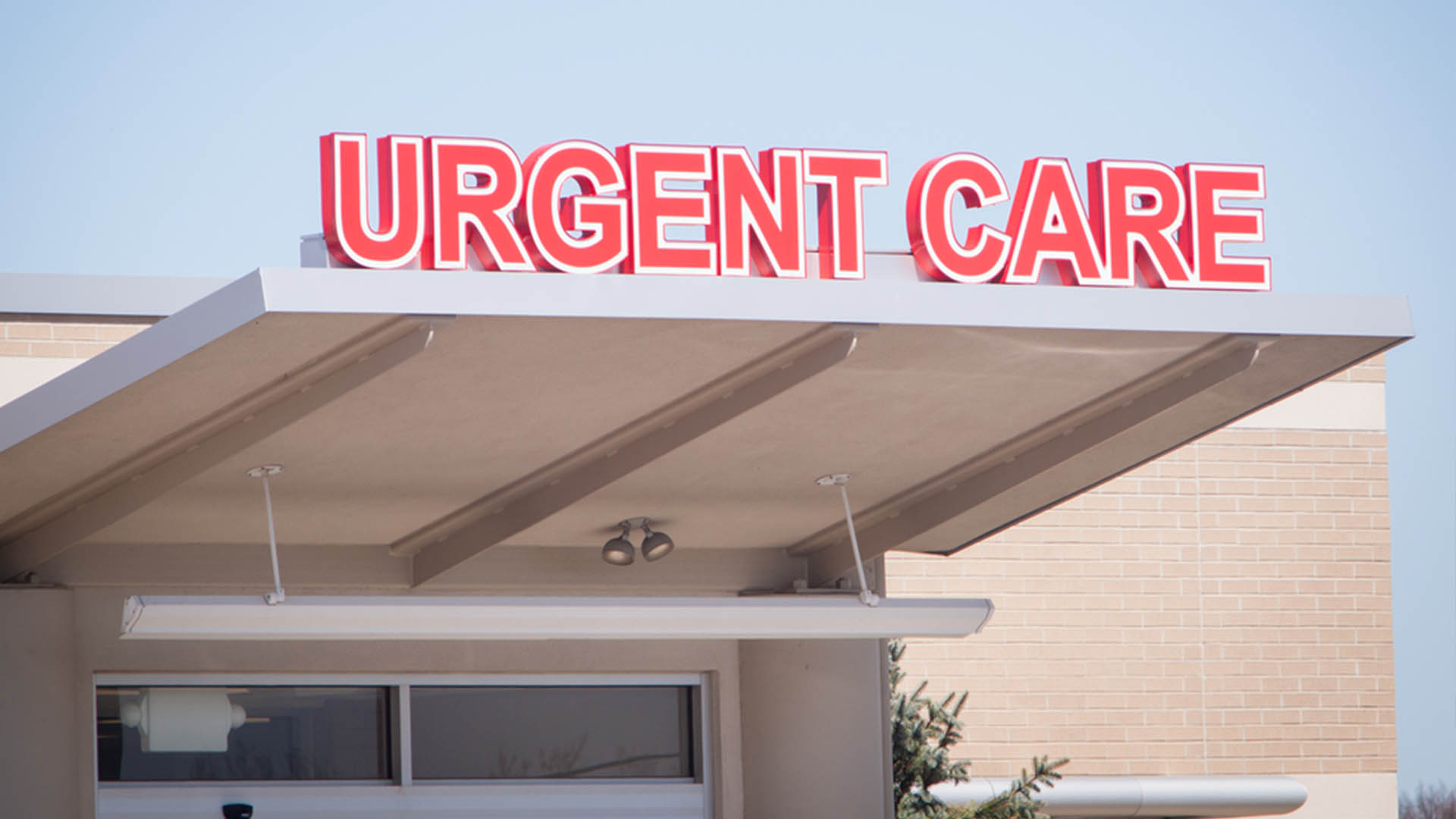When To Go To Primary Care vs Urgent Care
When you are injured, ill, or a child is sick with fever, it is best to seek care as soon as possible. When to go to primary care vs urgent care is dependent on several factors. The severity of the illness, how immediate is care required, and of course, availability of that care should all be included in your decision. Let’s go deeper into this question with some examples.
Main Purposes of Primary Care
Your primary care physician (PCP) is the person who oversees your general health. You come to rely on and trust them. Unless you move away or your insurance changes, most adults remain with their primary care provider.
Your PCP gets to know you and monitors your general health. They diagnose and treat your illnesses, provide vaccines, and coordinate referrals to specialists.
They care for anything including sprains, pulled muscles, sore throats, flu, chronic disease like diabetes, and sinus infections. All concerns that are not an emergency or need immediate care can be handled by your primary care physician. Visiting the same doctor for all your medical needs gives them a better picture of your health. This equates to a consistent and stable level of care.
Purposes of an Urgent Care Facility
Urgent cares are staffed by doctors, physician assistants, and nurse practitioners. Most people utilize urgent care for non-life threatening issues or when they want and need to see someone as soon as possible. Many are open 24 hours and need no appointment.
Such situations arise that your primary doctor is away, it’s the weekend, after hours, or there are no available appointments. An urgent care can perform X-rays and blood tests plus treat many illnesses and injuries just as your primary physician can.
When you need immediate care, want a quick diagnosis and treatment, visit Premier Urgent Care Center in Hyde Park Chicago. Be sure to follow up with your primary care doctor after all visits to urgent care.
Urgent cares act as a bridge between your general practitioner and a critical life-saving hospital emergency room.


